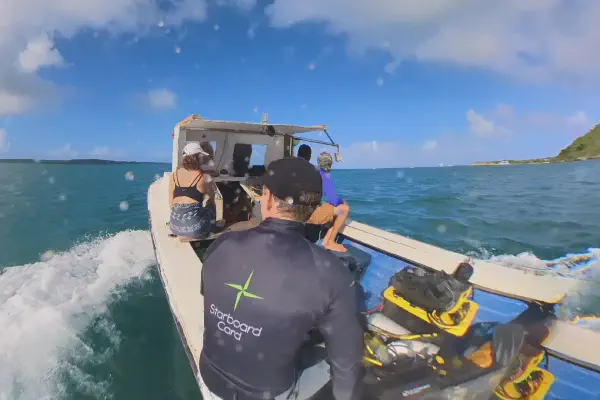Managing expenses onboard your yacht is a critical aspect of maintaining financial control and ensuring smooth operations. With numerous expenditures ranging from crew salaries and provisioning to maintenance and fuel costs, it’s crucial for superyacht owners and management teams to implement effective expense management practices. However, if a yacht owner or family office is not working closely with a yacht management company, this process can be a difficult one to get right. This article is a great way to start.
Develop a Comprehensive Budget
Start by creating a comprehensive budget that outlines all expected expenses. Consider both fixed costs (such as crew salaries, insurance, and dockage fees) and variable costs (such as provisioning, fuel, and maintenance). Reviewing historical data is key here, so consulting with experienced professionals if you don’t have that information to hand is recommended. Factor in contingencies to ensure your budget is realistic and accurate. We encourage speaking with your yacht manager if you have one, who will be well versed in either creating that budget for you, or advising with that process.
Delegate Responsibility

Assign specific roles and responsibilities for expense management within your crew. On larger vessels, the lionshare of these responsibilities lie with a purser. However, on most smaller to medium sized vessels, a purser isn’t a cost effective hire. In this case, where possible all team members who make purchases on behalf of the vessel should take some responsibility for expense management. This promotes a culture of accountability, transparency, cost-consciousness, and collaboration.
Monitor and Control Spending
Regularly review and analyse your expenses against the aforementioned budgets. Set spending limits by time period, or by category of spend, and establish protocols for obtaining approval for significant expenses.
It is possible to monitor trends without a digital solution to help highlight them for you, however this is far more time consuming and more prone to human error. Considering your digital options here is a worthwhile use of time.
Regularly communicate with the crew to ensure they are aware of budgetary guidelines and encourage them to contribute cost-saving ideas. This one can be a real eye-opener, as they are likely to notice ways to save costs onboard, that you wouldn’t.
Regular Financial Reporting and Analysis

Implement a system for regular financial reporting and analysis. Generate monthly or quarterly reports that provide a detailed breakdown of expenses, allowing you to track deviations from the budget and make informed financial decisions. Analyse the data to identify cost-saving opportunities, areas of overspending, and potential areas for improvement.
Implement Digital Expense Tracking
Embrace digital tools and software specifically designed for expense tracking. These solutions enable you to record and categorise expenses in real-time, providing a clear overview of your financial situation. Digital platforms also allow for easy collaboration between crew members, accountants, and management teams, streamlining the expense management process.
Discover the power of digital solutions and unlock the full potential of efficient onboard financial management with Starboard Card.


